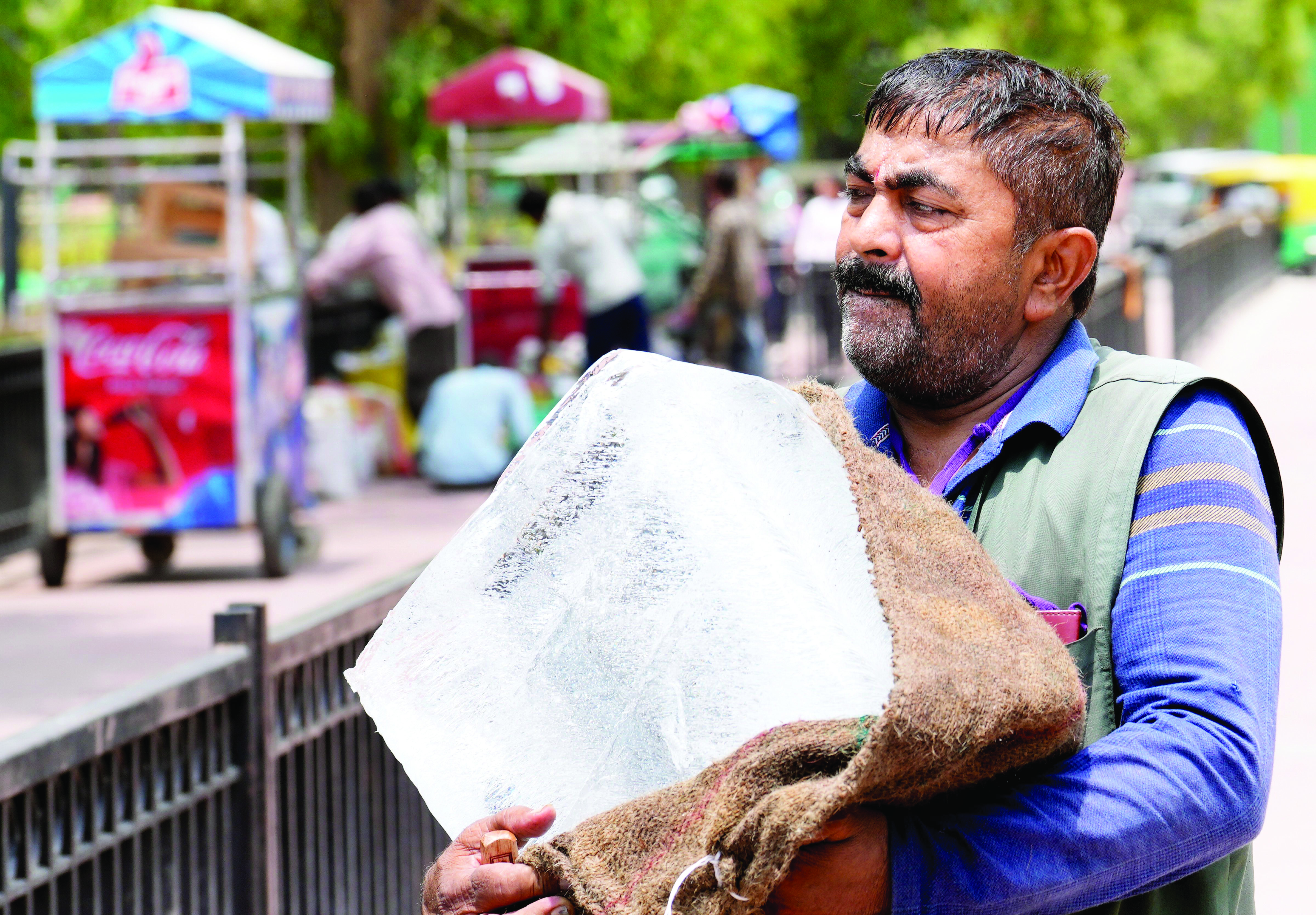Delhi heatwave toll rises to 52, IMD predicts respite in 4-5 days

NEW DELHI: A total of 45 fatalities due to suspected heat-related illnesses have been recorded at Ram Manohar Lohia, Safdarjung, and LNJP hospitals, officials said on Thursday. Fifty-two heat-related deaths have been recorded in the Capital to date.
Delhi has been battling searing heatwave conditions over the last few days. Some parts of the city got some relief on Thursday morning due to light drizzle and winds.
Hospitals in Delhi have seen a rise in the number of casualties and patients owing to heatstroke. An official said that between May 27 and 9 a.m. on June 19, the Centre-run hospital got 47 cases of heatstroke.
In the next 24 hours, 26 heatstroke patients were brought to the hospital, the official said.
He also said that between May 27 and 9 a.m. on June 19, the hospital recorded 11 suspected heatstroke deaths, and in the next 24 hours, seven such suspected deaths were reported.
Presently, 32 patients with heat-related illnesses are admitted at RML hospitals, of which 26 are either very sick or on ventilators, he said.
The Safdarjung Hospital, another Centre-run facility in Delhi, has recorded 24 deaths since the beginning of the unrelenting heatwave, hospital authorities said.
The hospital received six new admissions on Thursday between 8 a.m. and 8 p.m. and two deaths were reported. The hospital has a total of 47 patients with heat-related illnesses, with 29 of them in critical condition, they said.
Since June 16, there have been 62 admissions due to heat-related illnesses, while the death toll to date is 24, the hospital authorities said. The Safdarjung Hospital has set up a 23-bed designated ward for patients with heat-related illnesses. In the pre-heatwave stage, sensitization programs were conducted for all healthcare providers, the hospital said in a statement.
All doctors and nursing staff have been trained in triaging and acute management of patients with suspected heat-related illnesses (HRI), it added.
“Designated beds have been assigned and prepared for active management of suspected HRI patients. Beds are equipped with all facilities, including ventilators and monitors. Additional pedestal fans have been installed for patient care. Cooling devices, including ice packs, cool fluids, spraying devices, and cooling sheets, are available at all times in adequate numbers,” it added.
The Delhi government-run LNJP Hospital has 17 patients admitted to its casualty ward, while five patients succumbed in the last 24 hours at the ward, an official source said.
According to the hospital authorities, five patients have died due to suspected heatstroke between June 15 and June 19.
A Union Health Ministry team visited AIIMS and three other Centre-run hospitals — RML, Safdarjung, and Lady Hardinge — on Thursday to take stock of the preparedness for heatstroke patients and to assess the number of deaths due to the illness over the last few days.
The three-member team was constituted by Dr. Atul Goel, Director General of Health Services (DGHS), on the instructions of Union Health Minister J.P. Nadda.
Meanwhile, at the city’s main crematorium — Nigambodh Ghat — the number of cremations has seen a spike. Officials, however, could not confirm if the deaths were related to heatstrokes. On Wednesday, 142 corpses were brought to the Nigambodh Ghat for cremation, which is nearly 136 percent higher than the daily average of 50 to 60 bodies, Suman Gupta, general secretary of the Nigambodh Ghat Sanchalan Samiti, which manages operations at the crematorium, said.
The number was higher on Tuesday as well when 97 bodies were cremated at the city’s oldest and largest crematorium. Northwest and eastern India, which have been reeling under severe heat stress, are likely to get some relief as heatwave conditions are likely to reduce over most parts of the country over the next 4 or 5 days, the India Meteorological Department (IMD) said.
By June 20, the monsoon should have normally covered most parts of central India but as of Thursday, the northern limit of the monsoon is passing through Amravati, Gondia, Durg, Malda, Bhagalpur, and Raxaul.
The monsoon is predicted to cover central India and most parts of northwest India between June 27 and July 3. The primary rain-bearing system did not make any progress between June 13 and 19, extending the wait for rains in north India amid the sweltering heat, it said.
On Thursday, maximum temperatures ranged from 40 to 42 degrees Celsius in many parts of west Rajasthan; some parts of south Uttar Pradesh and north Madhya Pradesh; and isolated pockets of Haryana, Delhi, east Rajasthan, and Gujarat. Sources in the Health Ministry on Thursday said that at least 114 heat-related deaths and more than 40,984 suspected heat stroke cases have been recorded between March 1 and June 18 this year. Uttar Pradesh is the worst-affected, having reported 37 deaths, followed by Bihar, Rajasthan, and Odisha, according to the data compiled under the National Heat-Related Illness and Death Surveillance by the National Centre for Disease Control (NCDC). “The data may not be the final submission from states. So the numbers are expected to be higher than this,” an official source said.



